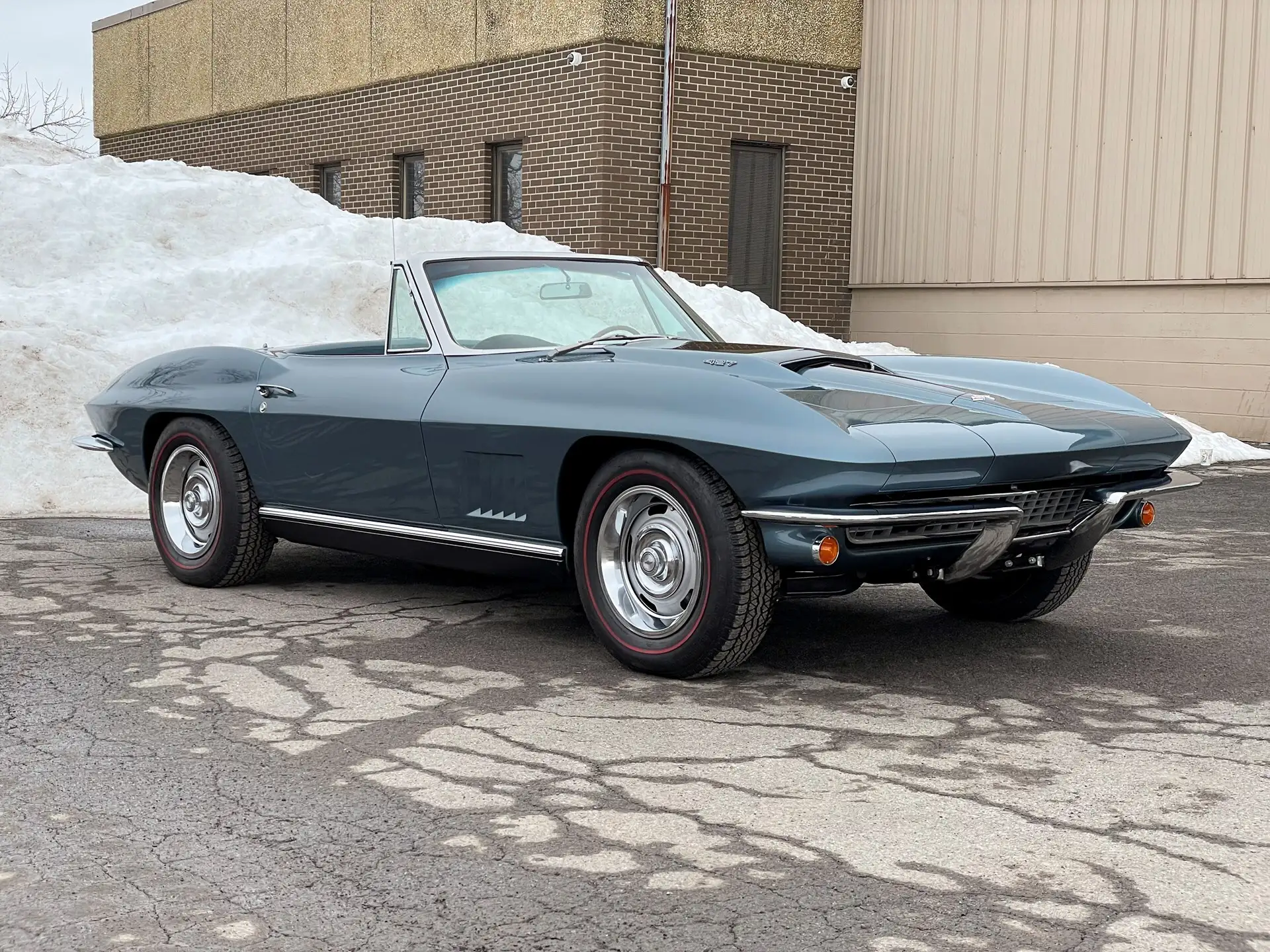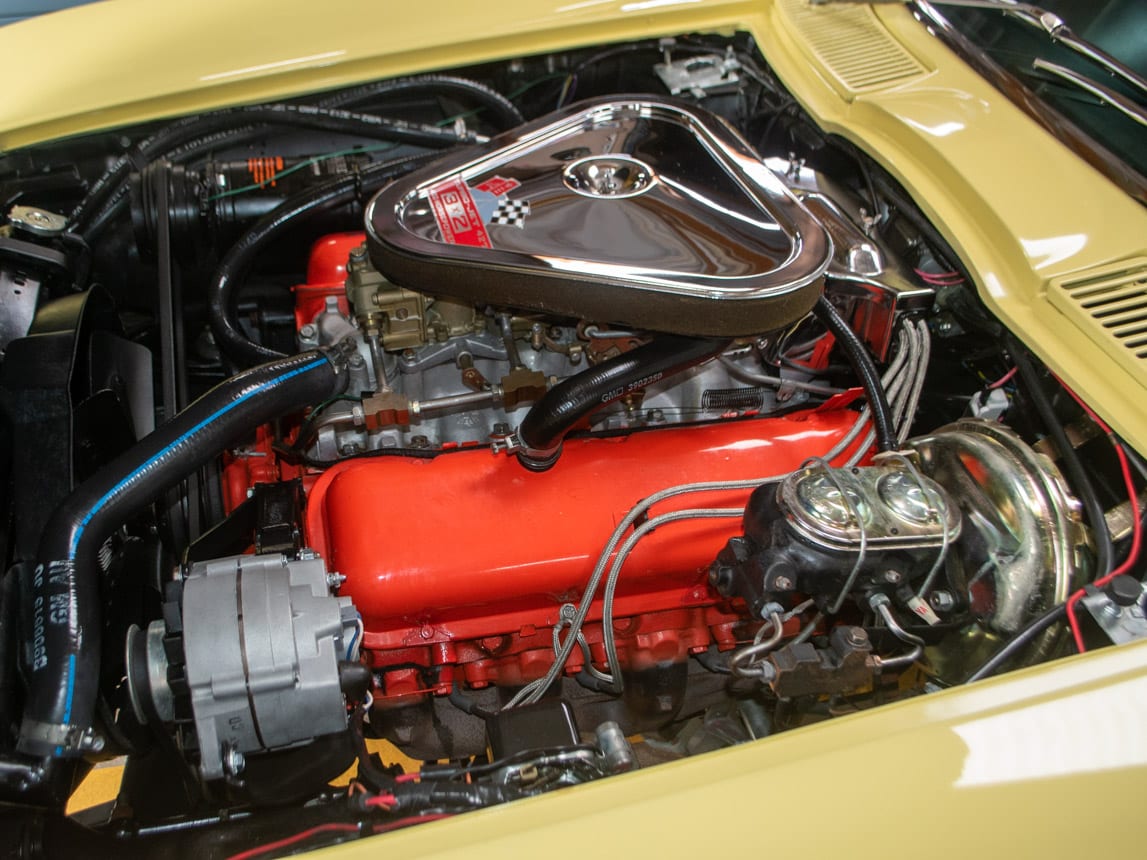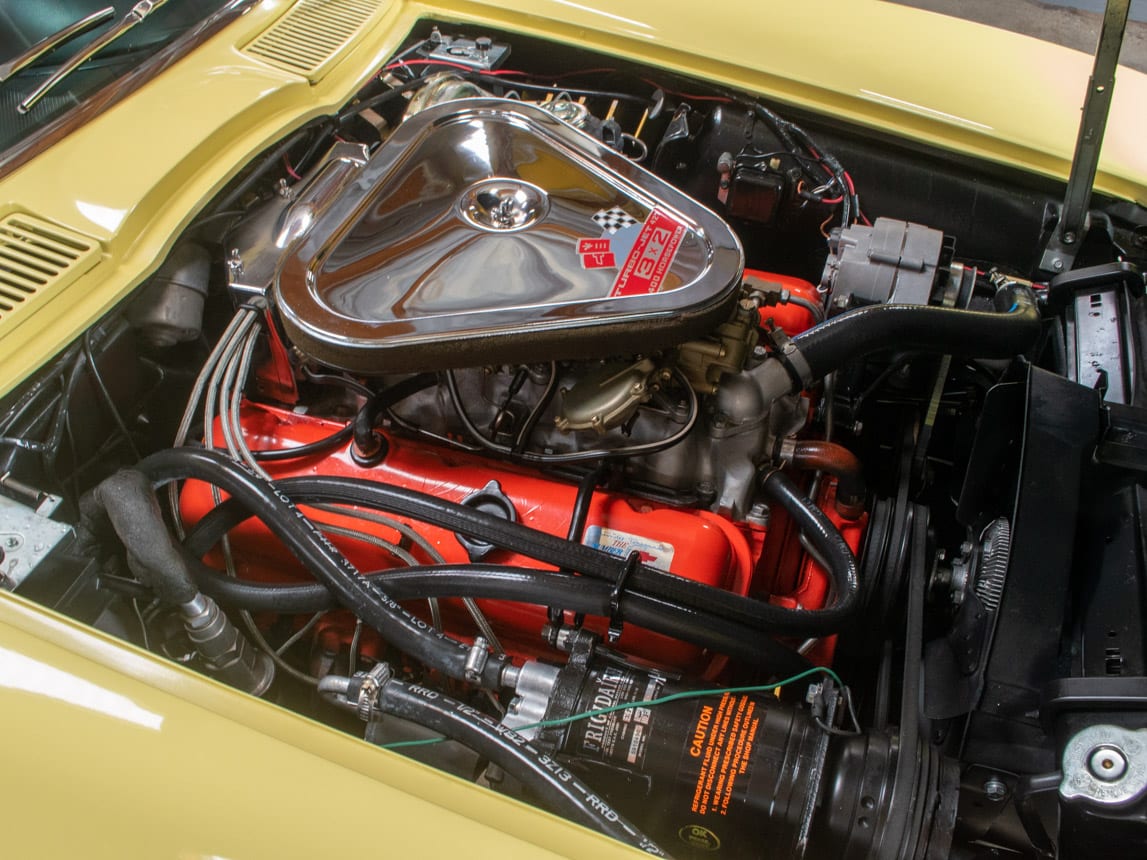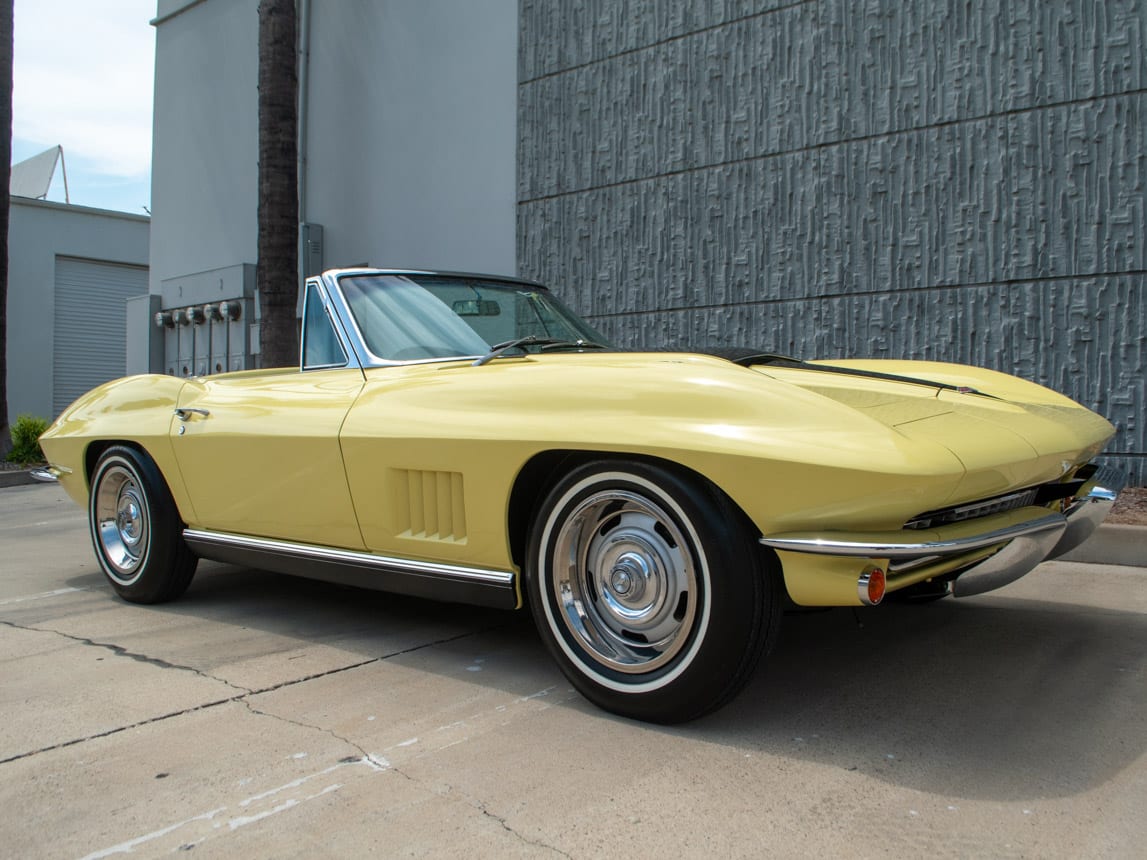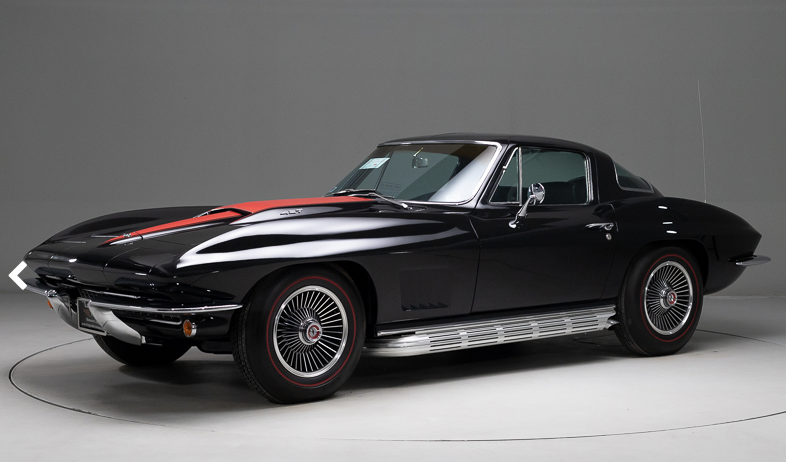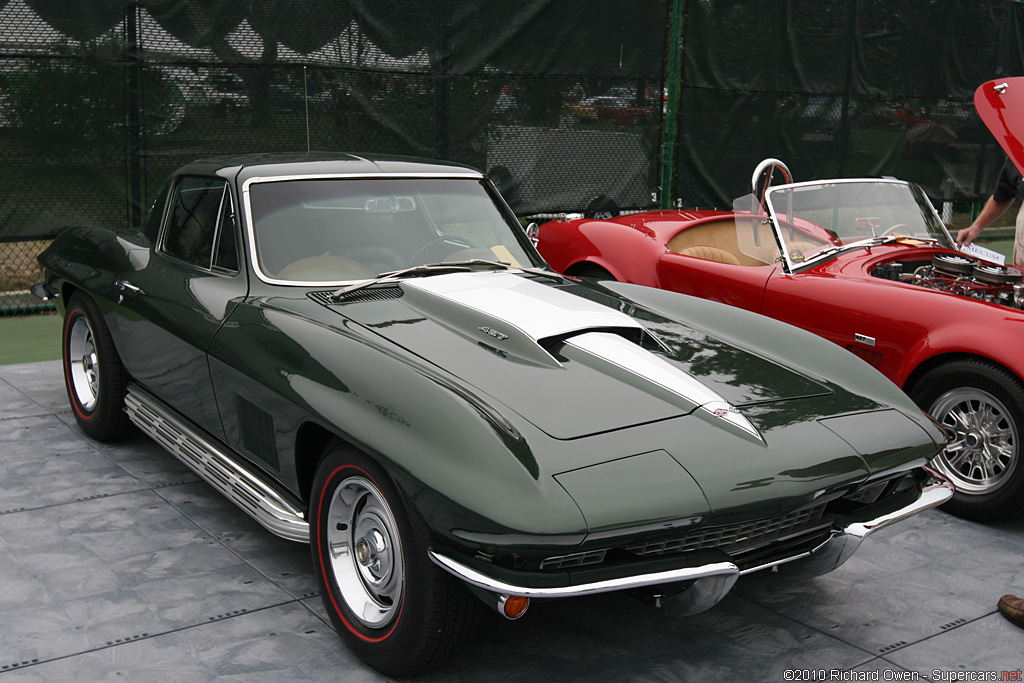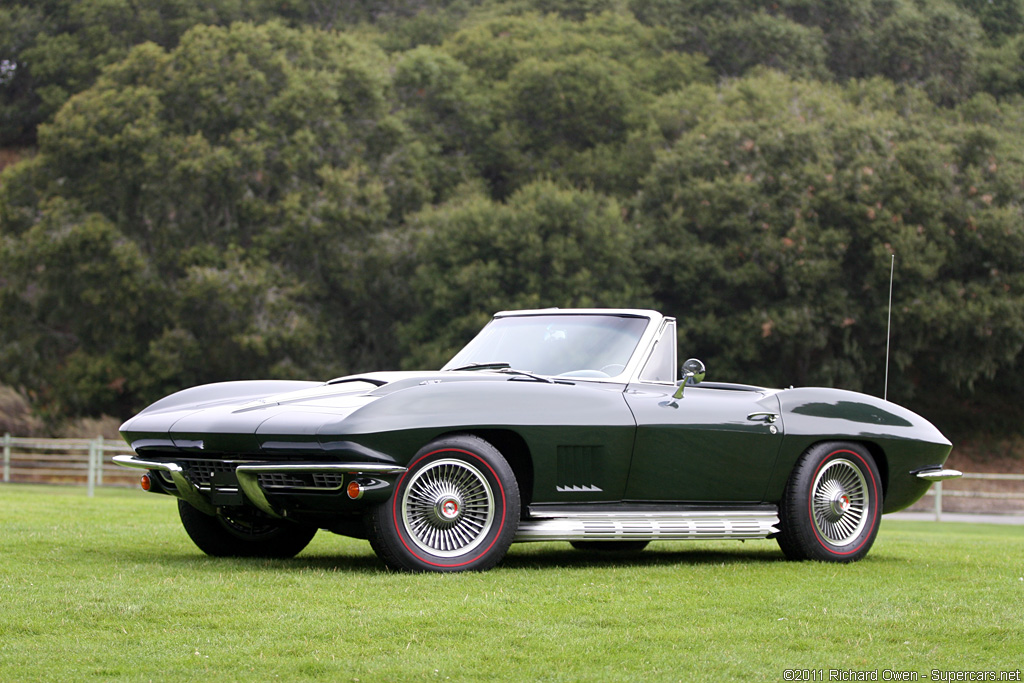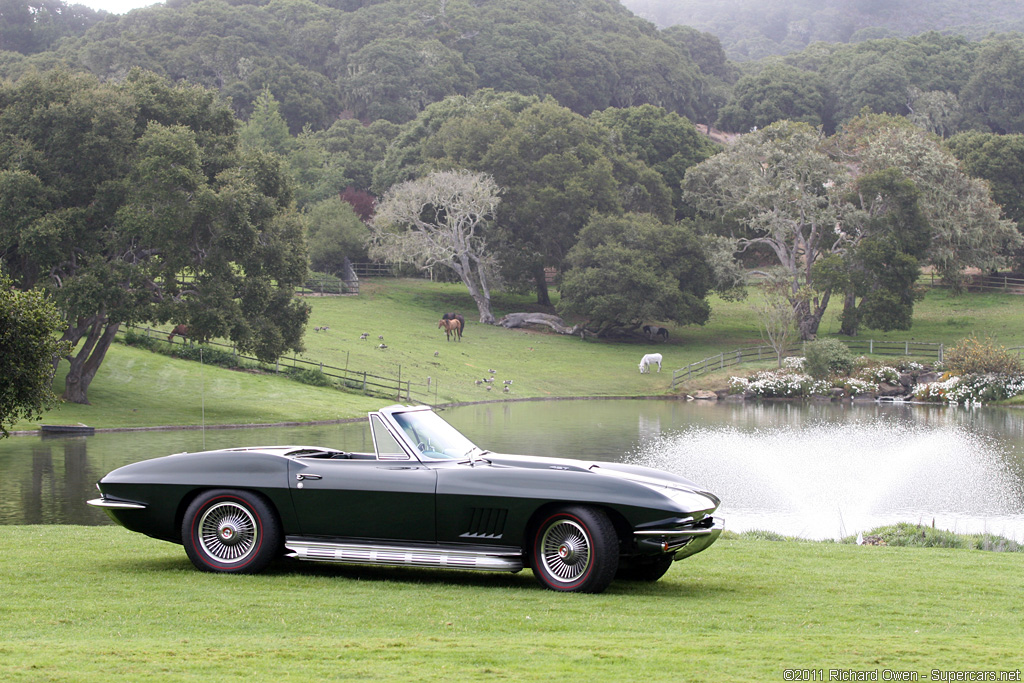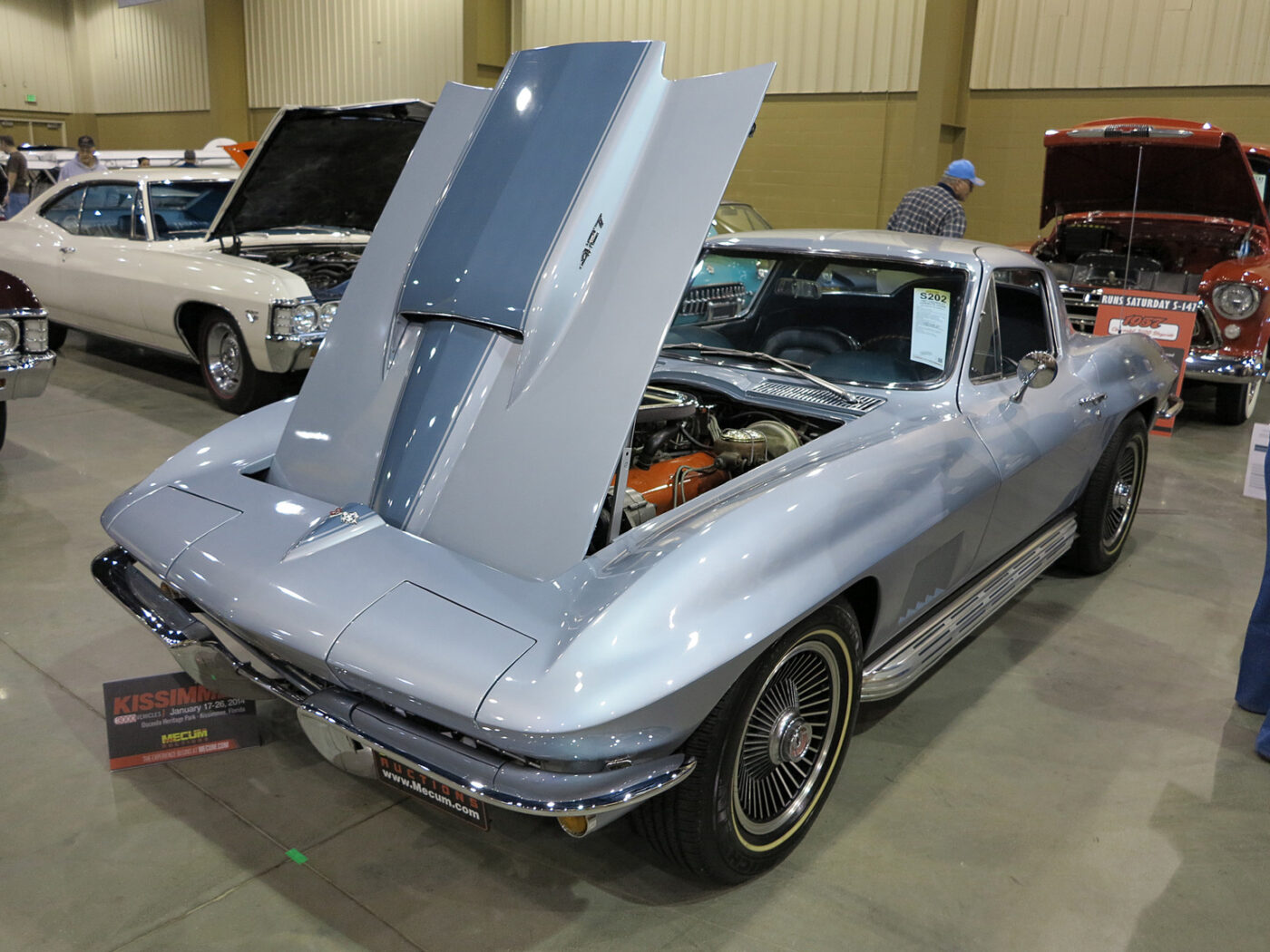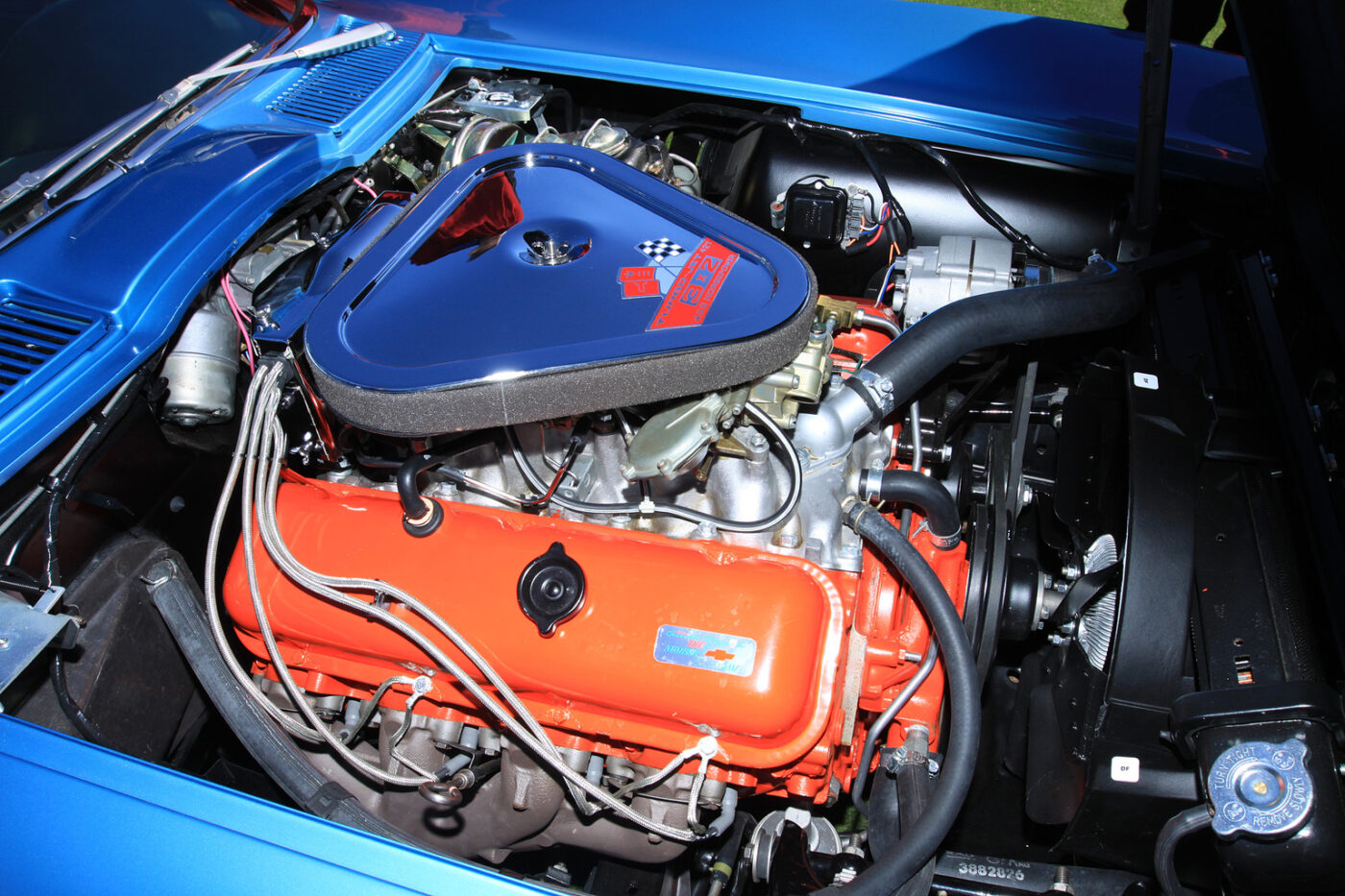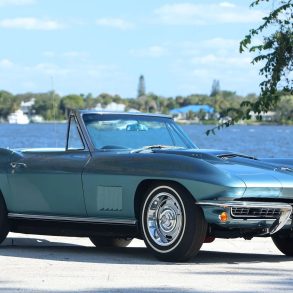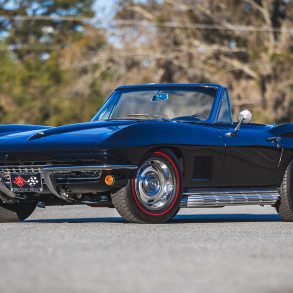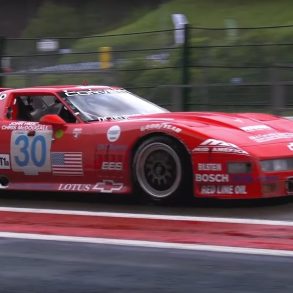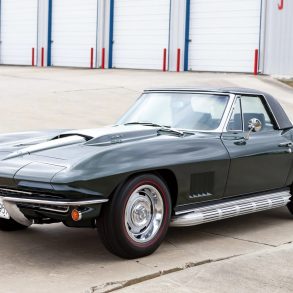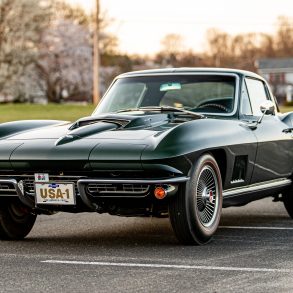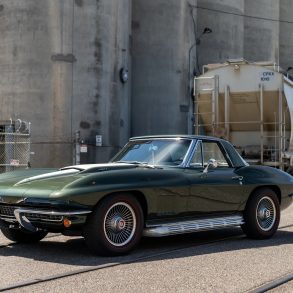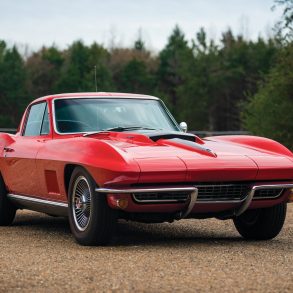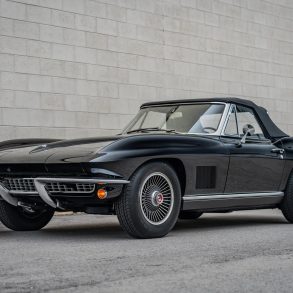1967 Chevrolet Corvette Sting Ray L68 (427/400HP)
The 1967 Corvette Sting Ray was the last Corvette of the second generation, and five years of refinements made it the best of the line. Several important changes marked mid-years’ evolution but, no change was greater than the introduction of the 427-cubic inch engine. These Big Block cars would be the high-water mark of Corvette performance and refinement for the C2 series of cars. The 427/400hp L68 came standard from the factory with the Holley triple two-barrel carburetor arrangement called Tri-Power. Only 2101 Corvettes in 1967 received this rare engine option which was a $305.50 cost.
The base 300-hp 327 engine carried over from the 1966 Corvette model year. So did the L79 350-hp small-block option. But the big news were the 427 monster engines on the option list. The 390-hp L36, with its mild cam, single Holley 4-barrel carb and lower compression, was a carryover from 1966, and was designed for easy cruising. Next came the new 400-hp L68, essentially an L36 with the addition of the new 3×2 barrel tri-carb setup. Like the L36, the L68 could be had with automatic transmission and air conditioning. But the press fell all over themselves about the new L71 435-hp engine. This replaced the 1966 L72 427 as the top street engine in the lineup. High compression, wild cam, and the tri-carb ensure legendary performance. GM’s concern for reliability meant that automatic transmissions and air conditioning were not available on the L71. At $437.10, the L71 package was expensive, yet 3,754 (16% of Corvette production that year) were ordered.
Let’s dig into the 1967 big-block options and pricing. The $200 L36 427/390 with hydraulic lifters and one four-barrel carburetor, the $305 L68 427/400 with hydraulic lifters and 3×2 carbs, and lastly, the $437 L71 427/435 with solid lifters and 3×2 carbs. If you wanted aluminum heads, RPO L89 was another $368. And if racing was your desire, the L88 427/430 option cost $947. Mandatory with the L88 was the M22 heavy-duty, close-ratio four-speed transmission. The L88 also included a racing suspension and brakes, and was not for street use.
The big-block chassis was beefed-up with stronger front springs, a larger 0.875-inch front sway bar and a new 0.625-inch rear sway bar. For street performance, this was more than adequate. But on the racetrack, with wider wheels and tires, things started to stress out. The remedy was a full Logghe Stamping tube frame welded to the stock frame. Massive power and torque combined with wide racing tires was twisting the 1960-1961 designed structure. Power had out-matched the C2-C3 structure.
While the press went wild for the biggest of the big boy engines, we have a soft spot for the L68 since it was a more livable car day to day and could be had with automatic transmission and air conditioning. Its 400hp was more than enough for most owners.


